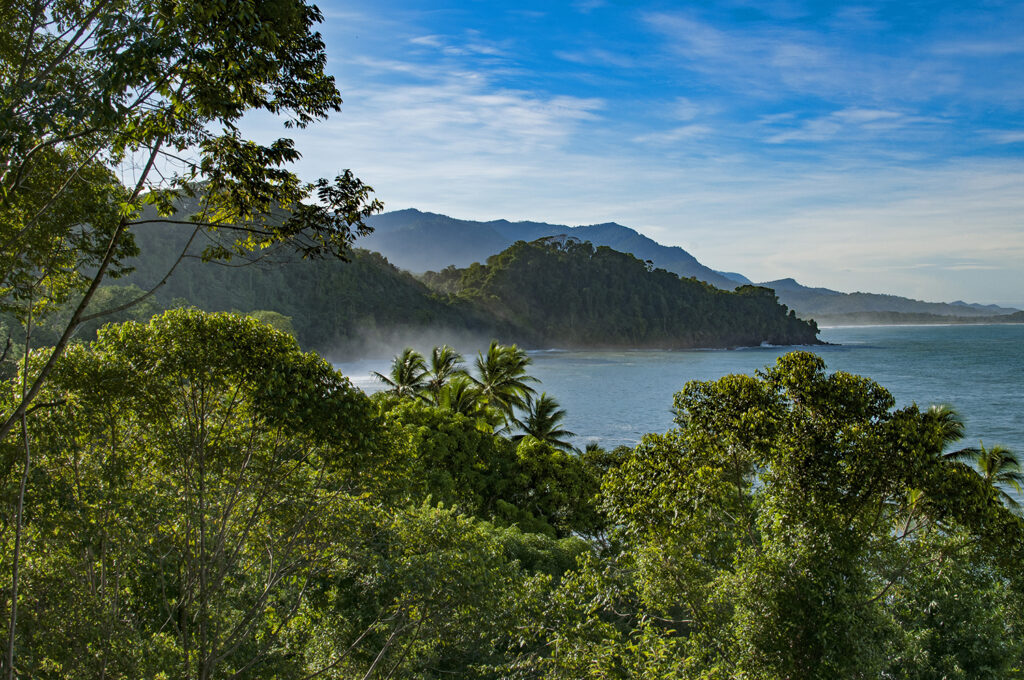
We have created a small summary on where to go bird watching near me/you. The goal is to help birders to have tools by season, location. Pointing out some of the best bird species by location in Costa Rica. Would also give you a basic guideline where to start if you are new to our paradisiac country. As we all know time and bird/destination is key to success.
Pacific Northwest- Guanacaste, Abangares, Ensenada Lodge, Monteverde-San Luis Valley
General Characteristics:
Precipitation: 800 mm to 2100 mm.
Temperatures: 24-36 C
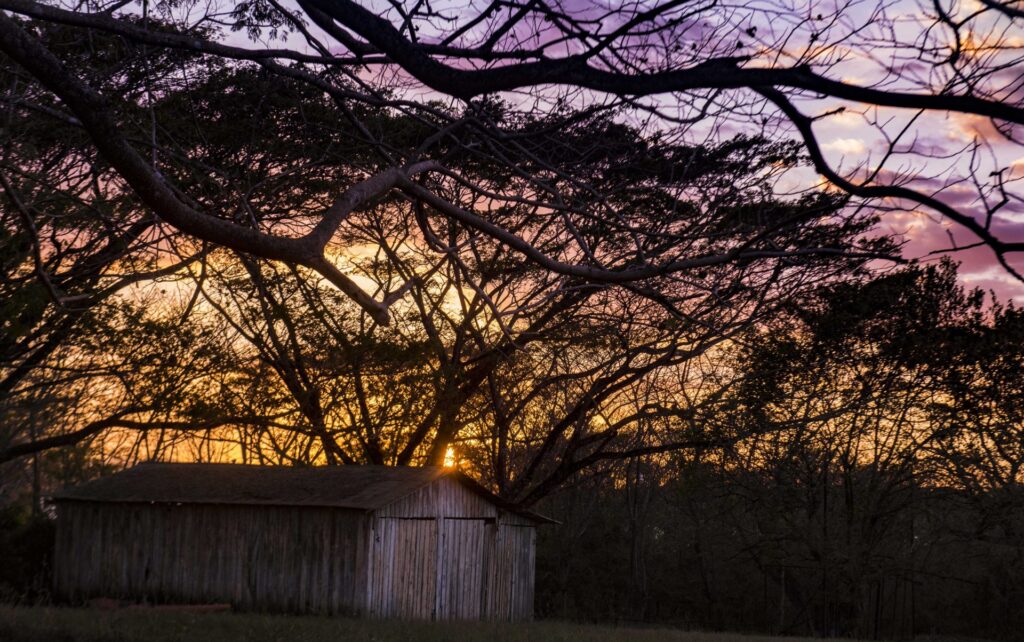
Seasons from early December to early June is the dry season and from mid June to late November is the rainy season.
Common days during the rainy season are sunny mornings until 2 p.m. and light to heavy showers in the late afternoon and evenings
Months of strong rains are August to late October.
Special species: Royal Flycatcher, Long tailed Manakin, Double Striped Thicknee, Thicket Tinamou, Turquoise browed Motmot, Tody Motmot, Ocellated Poorwill, Lesser Ground Cuckoo, Jabiru, Rufous vented Ground Cuckoo, Three wattled Bellbird ( seasonal ), Elegant Trogon, Black headed Trogon, Scrub Euphonia, Streak backed Oriole, Rock Wren, Banded Wren, Ivory billed Woodcreeper.
National Parks, Reserves, Wildlife Refuges, Protected Areas visit by Mangrove Birding Journeys:
Where to go bird watching near me/you? Santa Rosa National Park, Rincon de la Vieja National Park, Tenorio National Park, Palo Verde, Lomas de Barbudal, Ensenada Lodge, Abangares Mangroves, Rancho Humo.
Central Pacific Carara National Park, Cerro Lodge Area, Tarcoles, Jaco, Bijagual, Manuel Antonio
General Characteristics:
Precipitation: 1800 mm to 4000 mm
Temperatures: 24-36 C +
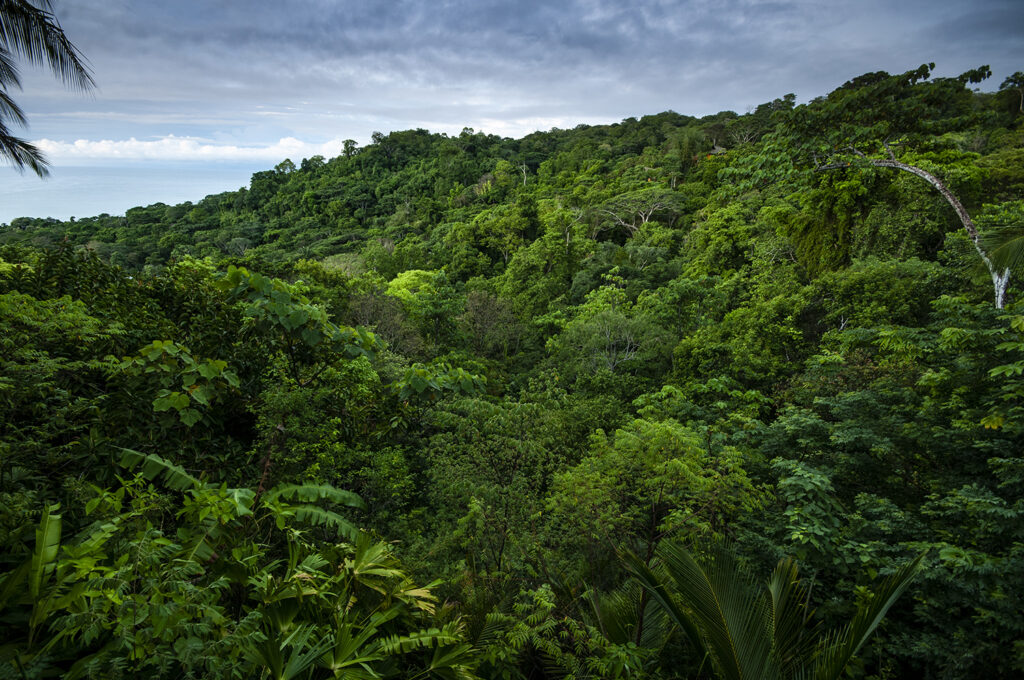
Seasons from early December to mid of April; rainy season is from early June to mid of July with 14 days of drought called Veranillo de San Juan, rains will start again until late November. Common days during the rainy season are sunny mornings until 2 p.m. and light to heavy showers in the late afternoon and evenings.
Months of strong rains are August to late October.
Special species: Mangrove Hummingbird, Mangrove Vireo, Mangrove Cuckoo, Rufous necked Woodrail, American Pygmy Kingfisher, Orange collared Manakin, Fiery billed Aracari, Baird’s Trogon, Turquoise Cotinga, Yellow billed Cotinga, Black hooded Antshrike, Charming Hummingbird, Golden naped Woodpecker, Riverside Wren, Cherrie’s Tanager, Spot crowned Euphonia as for endemics, Scarlet Macaws as the second largest population in the country.
National Parks, Reserves, Wildlife Refuges.
Where to go bird watching near me/you? Carara National Park, Camaronal Range, Tarcoles River, Monkey River, Hermosa Wildlife Refuge.
South Pacific Osa Peninsula, Corvocado, Golfito, Puerto Jimenez, Esquinas Rainforest, Sierpe, Drake’s Bay.
General Characteristics:
Precipitation: 3600 mm to 8000 mm
Temperatures: 22- 34 C

Seasons from mid-December to mid of April; rainy season is from early June to mid of July with 14 days of drought called Veranillo de San Juan, rains will start again until late November.
Common days during the rainy season are sunny mornings until 2 p.m. and light to heavy showers in the late afternoon and evenings.
Special species: Orange collared Manakin, Fiery billed Aracari, Baird’s Trogon, Turquoise Cotinga, Yellow billed Cotinga, Black hooded Antshrike, Charming Hummingbird, Golden naped Woodpecker, Riverside Wren, Cherrie’s Tanager, Spot crowned Euphonia, Marble Woodquail, Snow bellied Hummingbird, White crested Coquette, Costa Rican Swift, Black checked Ant Tanager as for endemics, Scarlet Macaws largest population in the country.
Central Highlands Barva Volcano, Poas Volcano, San Jose Area (Coronado), Irazu Volcano, Virgen del Socorro, Juan Castro Blanco National Park.
General Characteristics:
Precipitation: 2000 mm to 5500 mm
Temperatures: 8 – 24 C
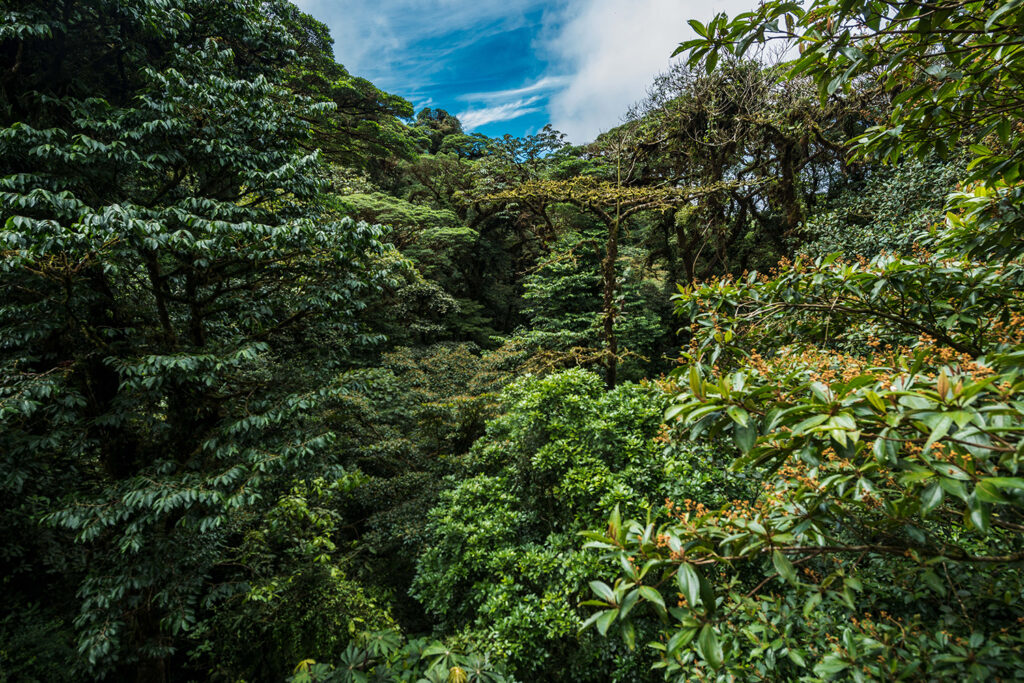
Seasons are defined as Dry season from December to April but cloud formations could appear depending on weather influences from North America, Caribbean and South America. Rainy season is from May to
November with sunny mornings and intermitted showers during the afternoons. Also a good population of Resplendent Quetzal and seasonal sightings of Bare Necked Umbrellabird.
Special species: Black Guan, Black-breasted Wood-Quail, Chiriqui Quail-Dove, Buff-fronted Quail-Dove, Sulfur-winged Parakeet, Red-fronted Parrotlet, Costa Rican Pygmy-Owl, Dusky Nightjar, Fiery-throated
Hummingbird, Black-bellied Hummingbird, White-tailed Emerald, Purple-throated Mountain gem, White- throated Mountain-gem, Magenta-throated Woodstar, Volcano Hummingbird, Scintillant Hummingbird, Orange-bellied Trogon, Prong-billed Barbet, Ruddy Treerunner, Streak-breasted Treehunter, Silvery- fronted Tapaculo, Dark Pewee, Ochraceous Pewee, Black-capped Flycatcher, Golden-bellied Flycatcher, Silvery-throated Jay, Ochraceous Wren, Timberline Wren , Black-faced Solitaire, Black-billed Nightingale-Thrush, Sooty Robin, Black-and-yellow Silky-Flycatcher, Long tailed Silky-Flycatcher, Flame- throated Warbler, Collared Redstart, Black-cheeked Warbler, Wrenthrush (Zeledonia), Sooty-capped Bush-Tanager, Spangle-cheeked Tanager, Peg-billed Finch, Slaty Flowerpiercer, Sooty-faced Finch, Yellow-thighed Finch, Large-footed Finch, Volcano Junco, Black thighed Grosbeak, Golden-browed Chlorophonia.
Talamanca Highlands San Gerardo de Dota, Paraiso de Quetzales, Quetzales National Park
General Characteristics:
Precipitation: 1800 mm to 4500 mm
Temperatures: -0 to 18 C +
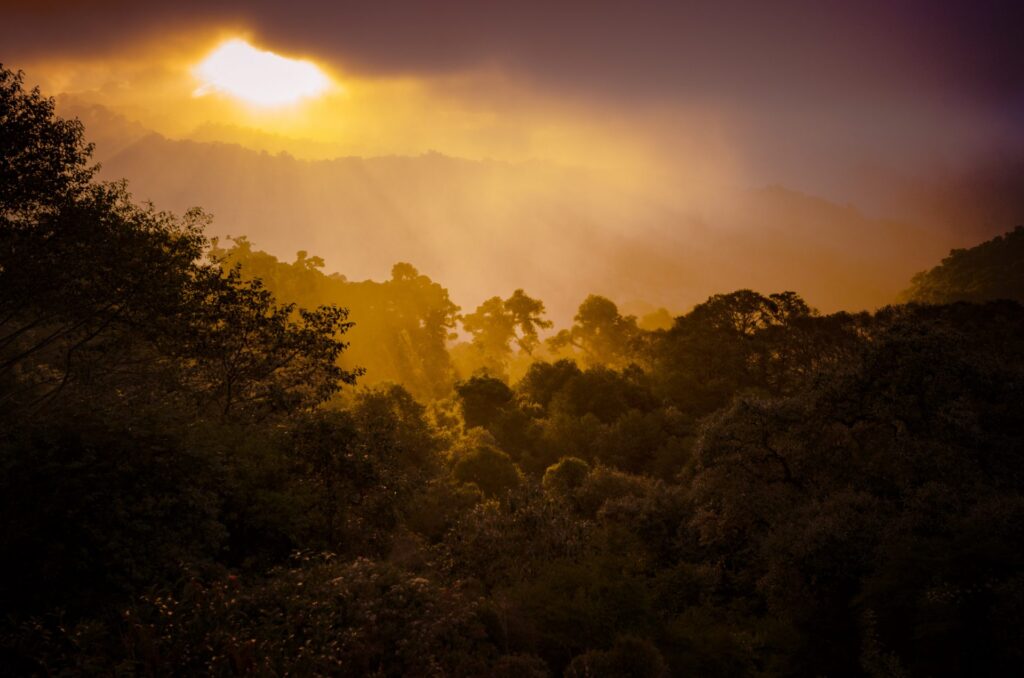
Talamanca’s Ridge is very mountainous, creating a climate for all tastes. Without any snow but occasionally frost might appear nonetheless the weather is for most people highly desirable. The weather in the highlands can be chilling. It’s cool mild temperatures year round even during the dry season from January to late April. Rainy season would start during May with several weeks off rain during July.
Special species: Black Guan, Black-breasted Wood-Quail, Chiriqui Quail-Dove, Buff-fronted Quail-Dove, Sulfur-winged Parakeet, Red-fronted Parrotlet, Costa Rican Pygmy-Owl, Dusky Nightjar, Fiery-throated Hummingbird, Black-bellied Hummingbird, White-tailed Emerald, Purple throated Mountain gem, White- throated Mountain-gem, Magenta-throated Woodstar, Volcano Hummingbird, Scintillant Hummingbird, Orange-bellied Trogon, Prong-billed Barbet, Ruddy Treerunner, Streak-breasted Treehunter, Silvery- fronted Tapaculo, Dark Pewee, Ochraceous Pewee, Black-capped Flycatcher, Golden-bellied Flycatcher, Silvery-throated Jay, Ochraceous Wren, Timberline Wren, Black-faced Solitaire, Black-billed Nightingale- Thrush, Sooty Robin, Black-and-yellow Silky-Flycatcher, Long-tailed Silky-Flycatcher, Flame-throated Warbler, Collared Redstart, Black-cheeked Warbler, Wrenthrush (Zeledonia), Sooty-capped Bush-
Tanager, Spangle-cheeked Tanager, Peg-billed Finch, Slaty Flowerpiercer, Sooty-faced Finch, Yellow- thighed Finch, Large-footed Finch, Volcano Junco, Black-thighed Grosbeak, Golden-browed Chlorophonia. Best place to find Resplendent Quetzal, Northeast Caribbean
Lowlands Caño Negro, Los Chiles, Upala, Alajuela.
General Characteristics:
Precipitation: 3200 mm
Temperatures: 22 C + 36 C
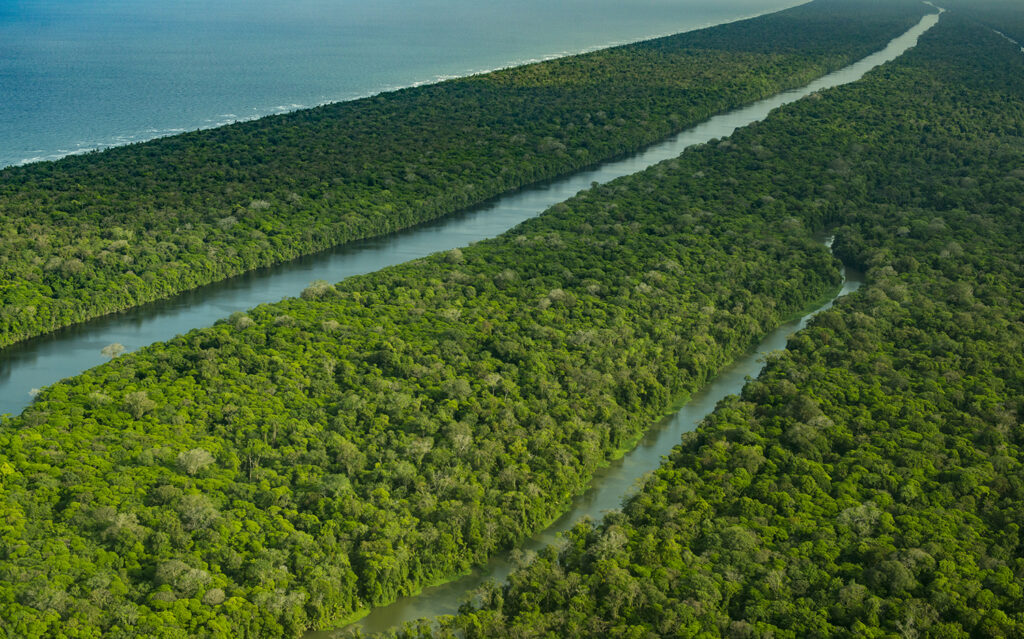
Caño Negro best climate is from January until September and November and December. The highest average temperature in Caño Negro is 32°C in April and the lowest is 27°C in January. Caño Negro has 2 types of climates, namely the rainforest climate and oceanic influenced climate.
Special species: Sungrebe, Agami Heron, Limpkin, White throated Crake, Black collared Hawk, Ocellated Poorwill, Jabiru, Spot breasted Wren, Nicaraguan Seed Finch, Nicaraguan Crackle, Snowy Cotinga, Green and Rufous Kingfisher, Scaled Pigeon, Olive throated Parakeet, Great Green Macaw, White fronted Nunbird, Bare crowned Antbird, Long tailed Tyrant, Great Potoo, Lesser yellow headed Vulture.
Eastern Caribbean Lowlands Tortuguero, Sarapiqui, Guapiles, Puerto Viejo de Talamanca
General Characteristics:
Precipitation: 2000 mm to 5500 mm
Temperatures: 8 – 24 C
Seasons from early December to mid of April can fluctuate from lack of rainfall to heavy storms lasting days; rainy season is from early June to mid of July with 14 days of drought called Veranillo de San Juan.
The real dry season of the Caribbean starts mid-September to late October rains will start again until late November.
Common days during the rainy season are sunny mornings until 2 p.m. and light to heavy showers in the late afternoon and evenings.

